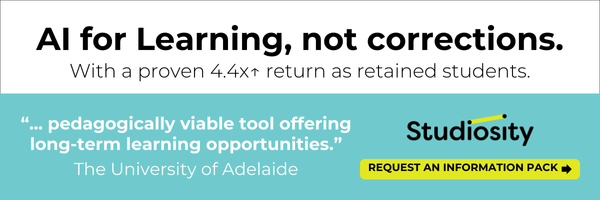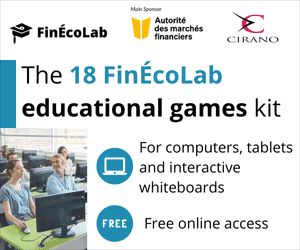Liz Markwart says understanding the history of a dance is far more than simply learning a series of movements. She says experiencing dance allows us to better understand people's culture, migration, displacement, strength and more through movement.
"To experience even a bit of that moment creates a completely different understanding than reading a book or watching a video," says Markwart.
The Faculty of Kinesiology and Recreation Management's sessional instructor and current PhD student in Peace and Conflict Studies, says Experiencing Dance History (KPER 4000) blends classroom learning of dance history with studio sessions to create a totally new understanding of the information.
"The classroom lets us focus on places and things and dates a little bit more, where in the studio they get to feel what it might feel like for some of these people doing their cultural dances," says Markwart.
The course is part of an ongoing effort to incorporate more dance in the faculty's curriculum. Dr. Cheryl Glazebrook, a professor in the Faculty of Kinesiology and Recreation Management, who helped Markwart develop the course, says the role of dance in the study of human movement can't be understated.
"Dance is human movement with communication, with connection," says Glazebrook. "It's a way to communicate and connect with people when you can't always speak the same verbal language."
Glazebrook says dance allows people with different abilities and skills to come together and work towards a singular goal. She says verbal expression is one of the most complex motor skills we perform, posing challenges for people with disabilities. But dance provides "a way for people to express themselves when words might not be an option."
Markwart says dance, and classes like Experiencing Dance History, are also important for reflecting on and learning about the past. She says whenever people are taken from their places of origin, whether it happens during their lifetime or generations before, pieces of their identity are lost when as they are forced to "integrate, let's say," into another culture.
But dance is a way to reconnect to their own culture and see it as equally "varied, vibrant and beautiful" as any other, leading to important conversation about family history and migration, says Markwart.
"There's always a little piece that you get of yourself once you've learned something else. And if that can be through movement, I've done my job," says Markwart.
During one of the last classes of the term, students Isabella DiGirolamo and Isabella Cotroneo performed a traditional Italian folk dance called a Pizzica. DiGirolamo says the year-end project, where they taught the dance and its background to the class, was a rare opportunity to share her culture and love of dance with people at school.
"It was really cool having everyone all start from this level and learning together," says DiGirolamo about the class learning the Pizzica. "It's been great learning new dances with everyone, laughing together, enjoying this time and seeing people that didn't have any dance background fall in love with dancing."
From the structured classroom to the movement in the dance studio, students in Experiencing Dance History in the Faculty of Kinesiology and Recreation Management have an opportunity to experience learning not only through seeing or reading, but through feeling rhythm and history in their own bodies.













